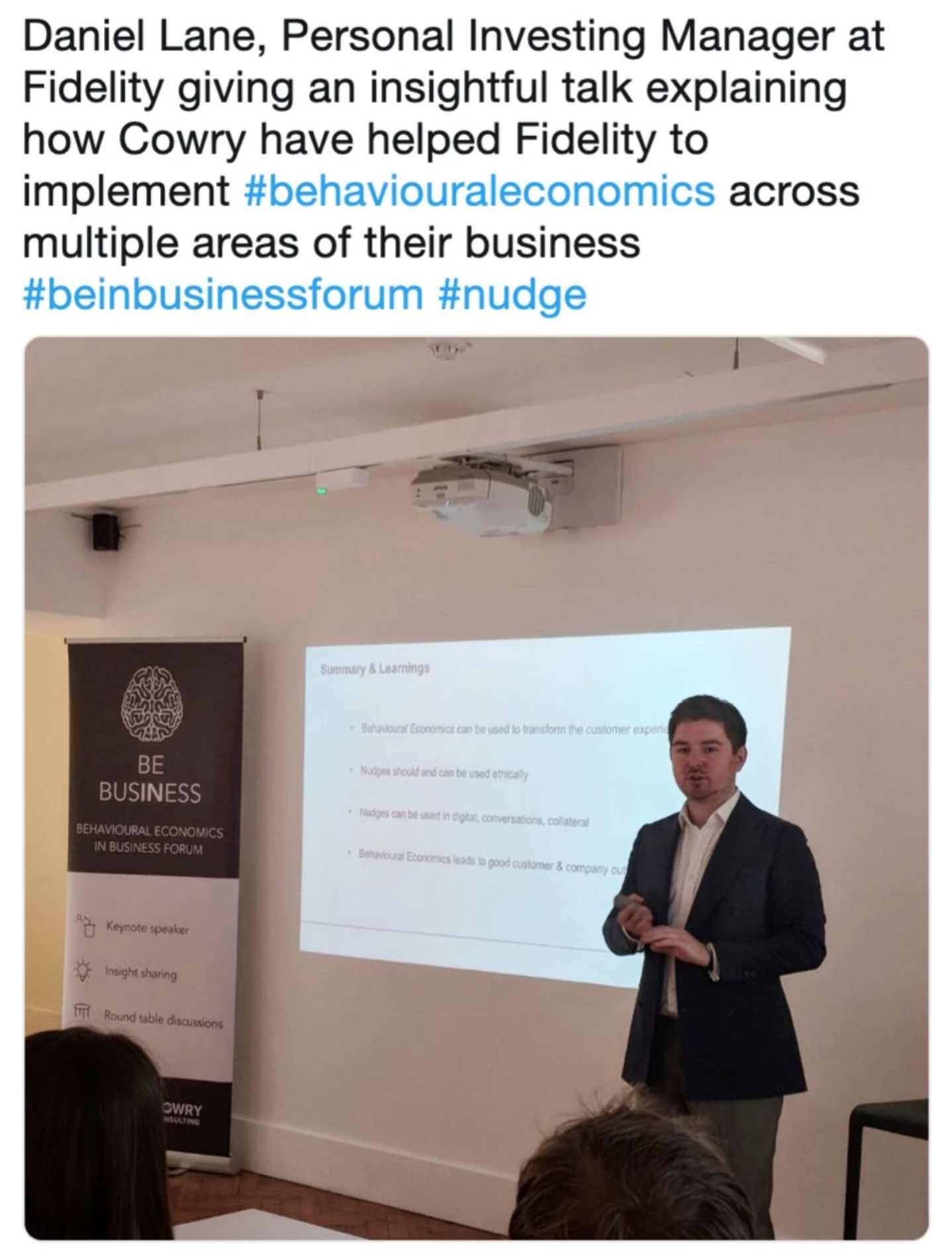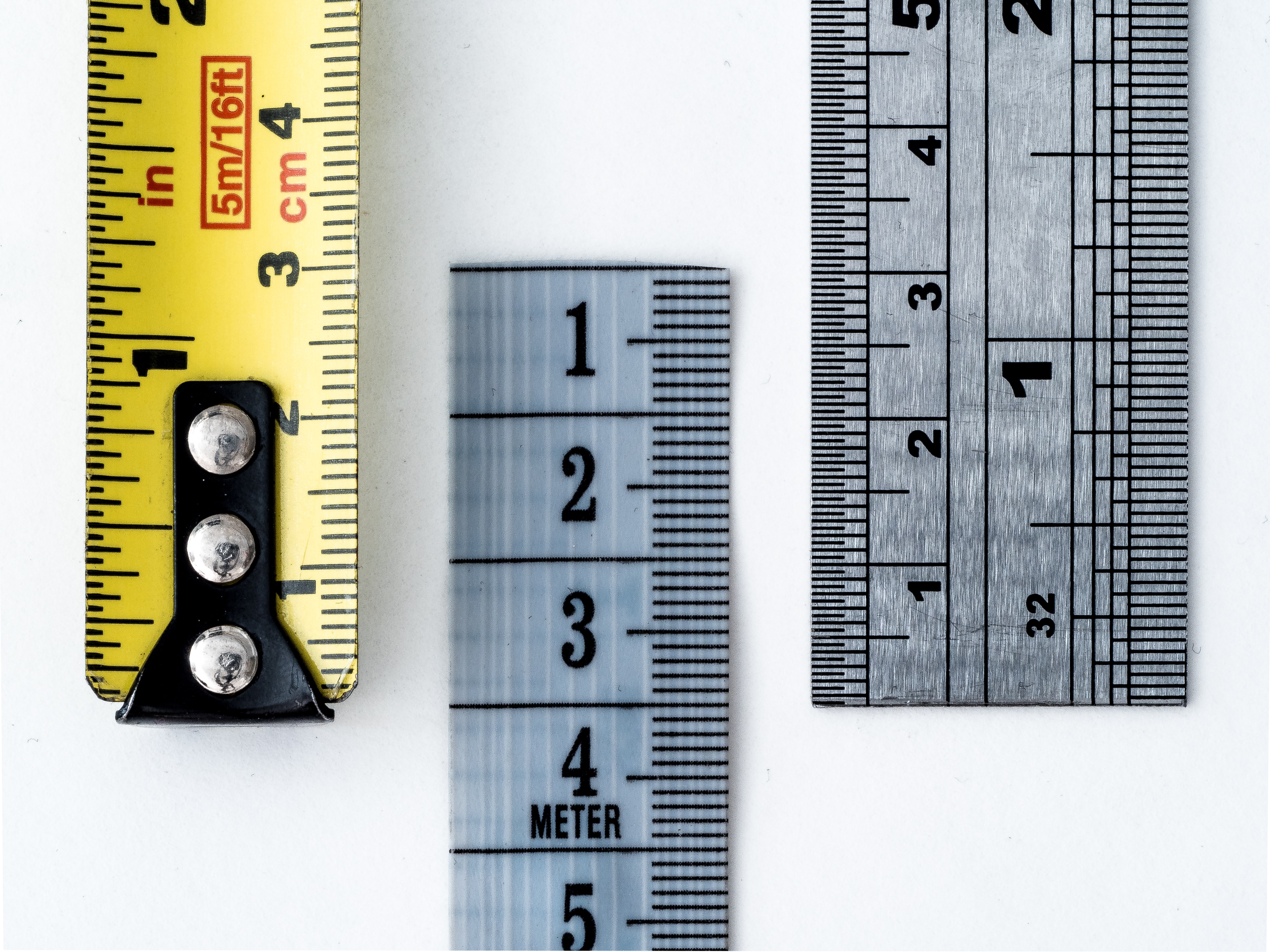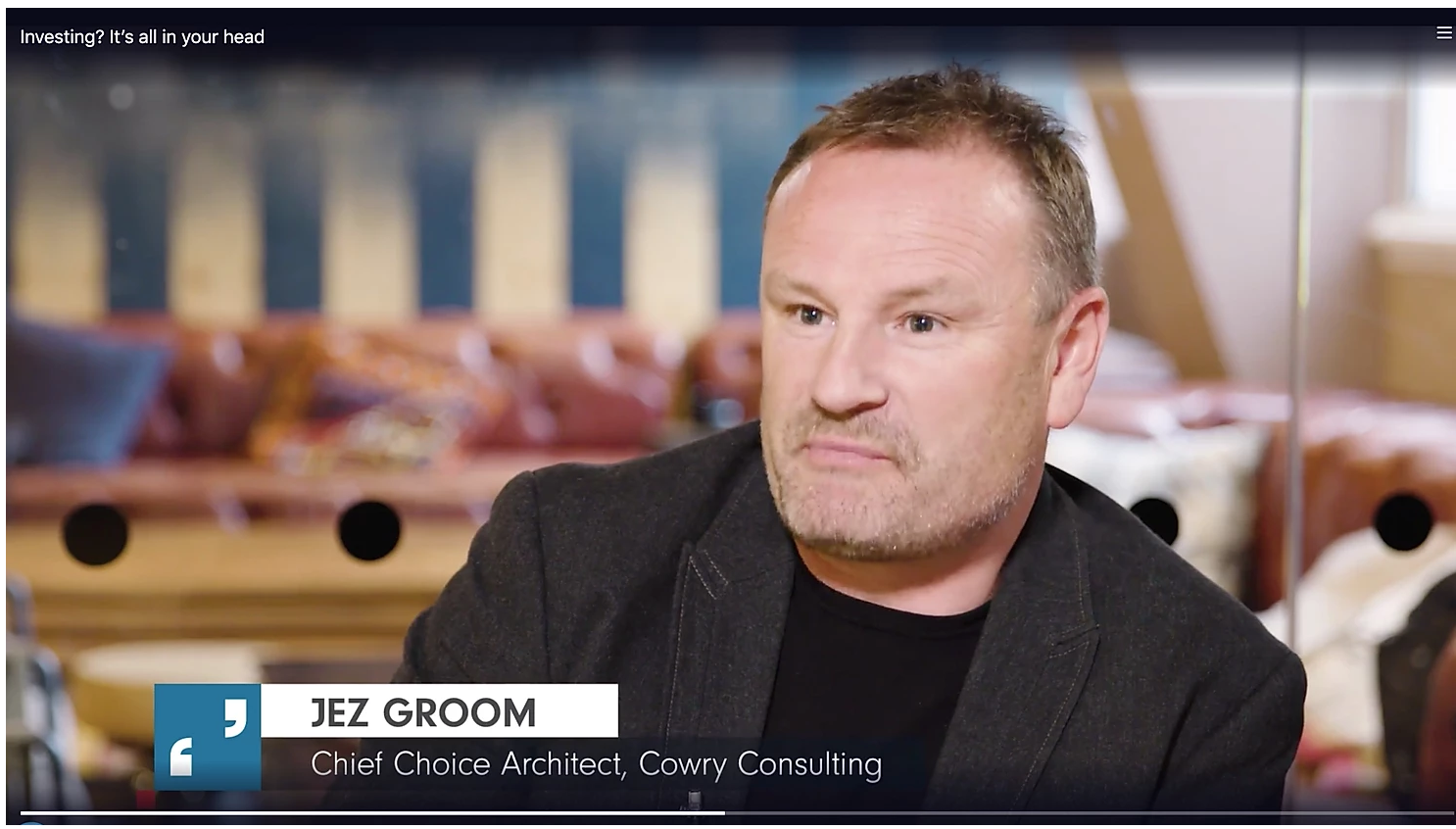Helping people to save more money, UK
In this chapter we talk about the importance of measuring the right things, rather than the easiest things.
For a behavioural science project to gain momentum, its crucial to acquire a proof point in the first three months, which gives you a six to eight week timeframe for your experiment. This means limited time to convince your organisation of the merits of behavioural science. Working with Fidelity, the Cowry team used behavioural science to help their customers take advantage of the ISA allowance before the deadline.
Too often we prefer to take the option which is quickest and easiest – after all, the human brain has been referred as a ‘cognitive miser’ and prefers to avoid expending cognitive energy.
Jez and the team know that by taking more time for measurement and challenging you inner cognitive misers, you can measure the true outcome.
And we saw how important it is to keep the outcome simple. If you can prove your approach has decreased this cost, then you’ve got a stellar business case for investment.
Confounding variables – countless other factors influence investments over the same time period, such as marketing campaigns, technology updates and the overall financial marketplace.
Want to learn more about confounding variables?
Daniel Lane at Fidelity is now championing behavioural insights within the organisation.

You can also watch a video here of Daniel Lane on Fidelity's Moneytalk, where he and Jez discuss the Anchoring Bias.


